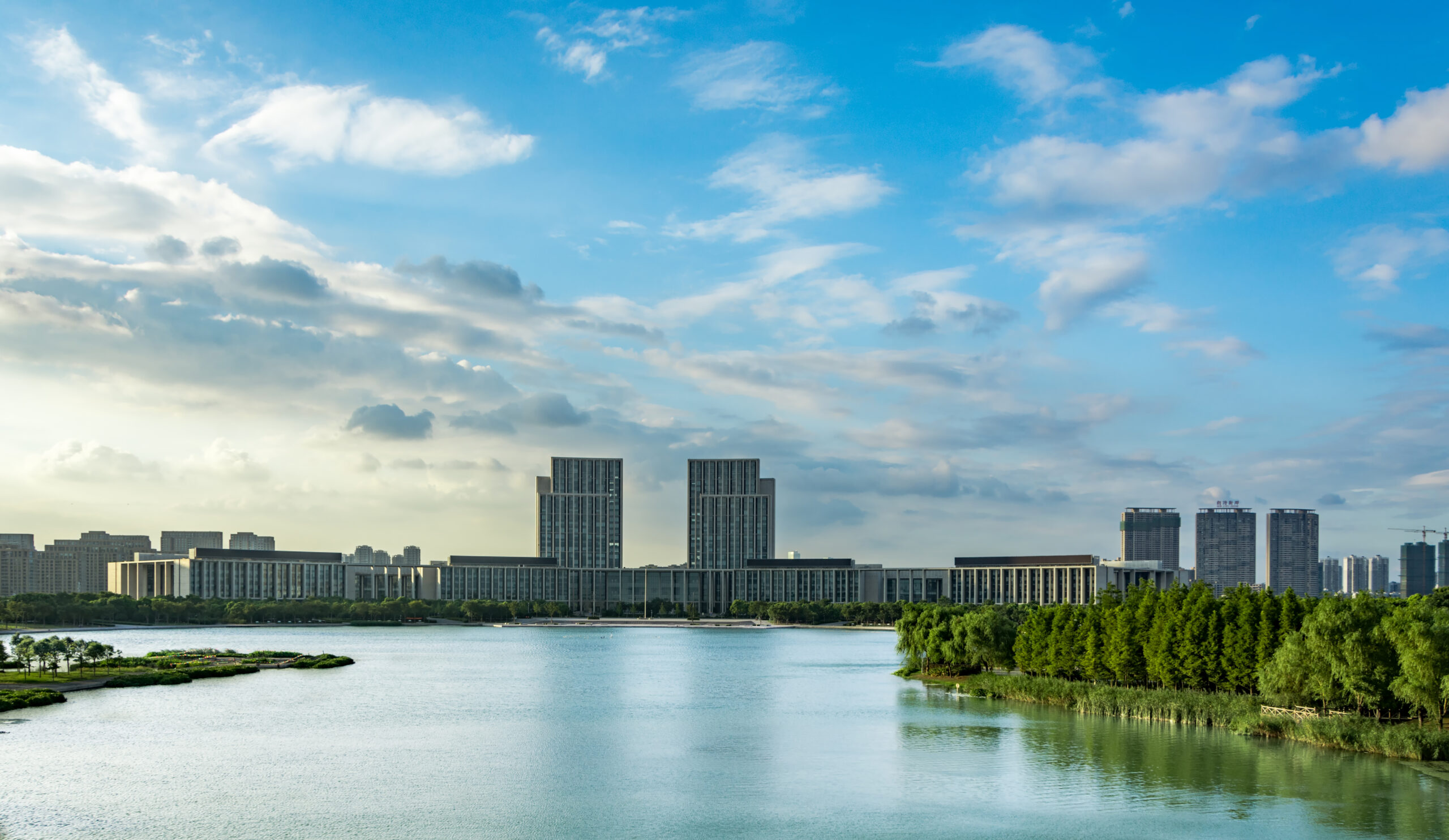Mashhad, Innovation Factory
muis@mammute.co
Office hours: 8 a.m. to 4 p.m
The complexity of issues in today’s modern cities has made the process of responsive urban planning and design very difficult. Cultural and social changes on the one hand and technological developments on the other hand are the basis of this complexity in the decision-making system. Although many theories and models have been presented so far with the aim of simplifying this complexity and creating a process that meets the needs of city dwellers, cities still face the issue of non-inclusion and injustice in accessing services and facilities.
Therefore, one of the key issues in the process of decision-making and urban planning can be considered how to design a process that responds to the new social and cultural needs of the urban society, whose economic and social behavior is based on the use of technology?
Reviewing the research literature and practical experiences to find the answer to this question shows that it is not possible to provide a definitive answer in the form of a specific activity or a specific tool to solve it, because there is no comprehensive activity or comprehensive technological tool that can respond to all patterns of social behavior and economic and the needs of citizens. But this feature, that is, behavioral diversity and wide range of needs, brings to mind an innovative idea.
It seems that what is the solution to this problem and can create a responsible process in decision-making and make it possible to move towards an inclusive city is the use of this variety and breadth. Therefore, the proposed idea is focused on taking advantage of the socio-economic diversity of different groups living and working in the city in the process of designing solutions for urban problems, so that the designed solutions are based on the power and capacities of different participating groups.


In other words, the local decision-making process is defined as a solution design process with the participation of local residents and activists with the aim of strengthening their assets. This innovative process starts from the identification of a local problem and continues until turning a problem into an economic or social opportunity and branding it. In this process, every local issue is considered a potential for activating a local creative group and creating opportunities for participation, earning and identity building. This idea, which is in line with SDG.11, creates an effective path towards an inclusive city and a sustainable society.
This idea has been implemented in seven Iranian cities and has had very significant results in local development and socio-economic empowerment of urban society. For example, the implementation of this process in the historic port of Kong resulted in the creation of ten local start-ups in a period of six months, building a local identity and accelerating the registration of this city as a world heritage site, presenting a plan for the restoration of 17 hectares of historical gardens and creating the first innovation center with The new approach of planning is problem-oriented and asset-based.
The target community of this idea is municipalities of small and medium cities and rural management and social active groups in urban areas. Three specific platforms have been designed to implement the idea, which are:
– Development of the concept of “People’s City” as a platform for social, cooperative and dynamic interaction with the aim of discovering and classifying the problems in urban areas, identifying the local social network and local assets and values.
– Developing the concept of “urban co-creation” as an innovative process with the aim of designing a collaborative solution
– Creating an innovative model of “urban branding based on local values” that provides a suitable platform for the development of economic opportunities for small and local businesses.Also, a complete implementation process has been designed and implemented in seven Iranian cities so far.
As a collaborative platform in order to understand and formulate the network and system of local, urban and regional issues
As an interactive social platform for designing solutions for the network of problems identified in the processes and management patterns of cities.
Providing a physical and spatial platform for the innovative activities of social and economic activists in urban areas
Providing bottom-up development opportunities from within local communities

Mammute Urban Innovation Studio (MUIS) was formed from the formation and development of an initial idea around the creation of innovation in common urban studies and consultation processes. Our endeavor at this center, currently known as a startup studio, is to discover, create and accelerate innovative ideas in the field of urban studies and management structures.